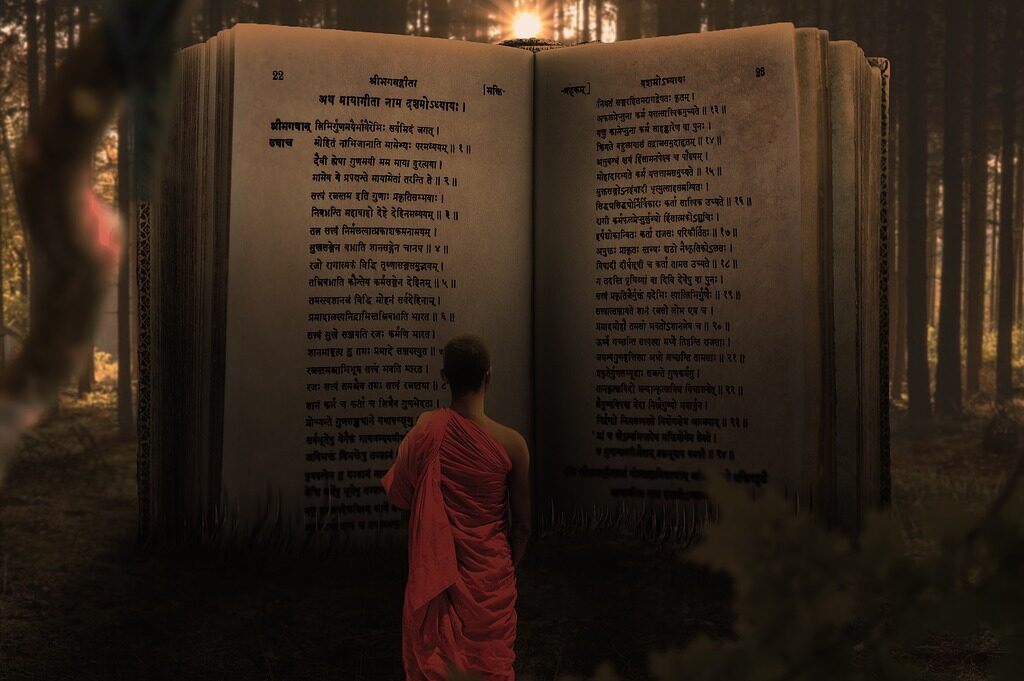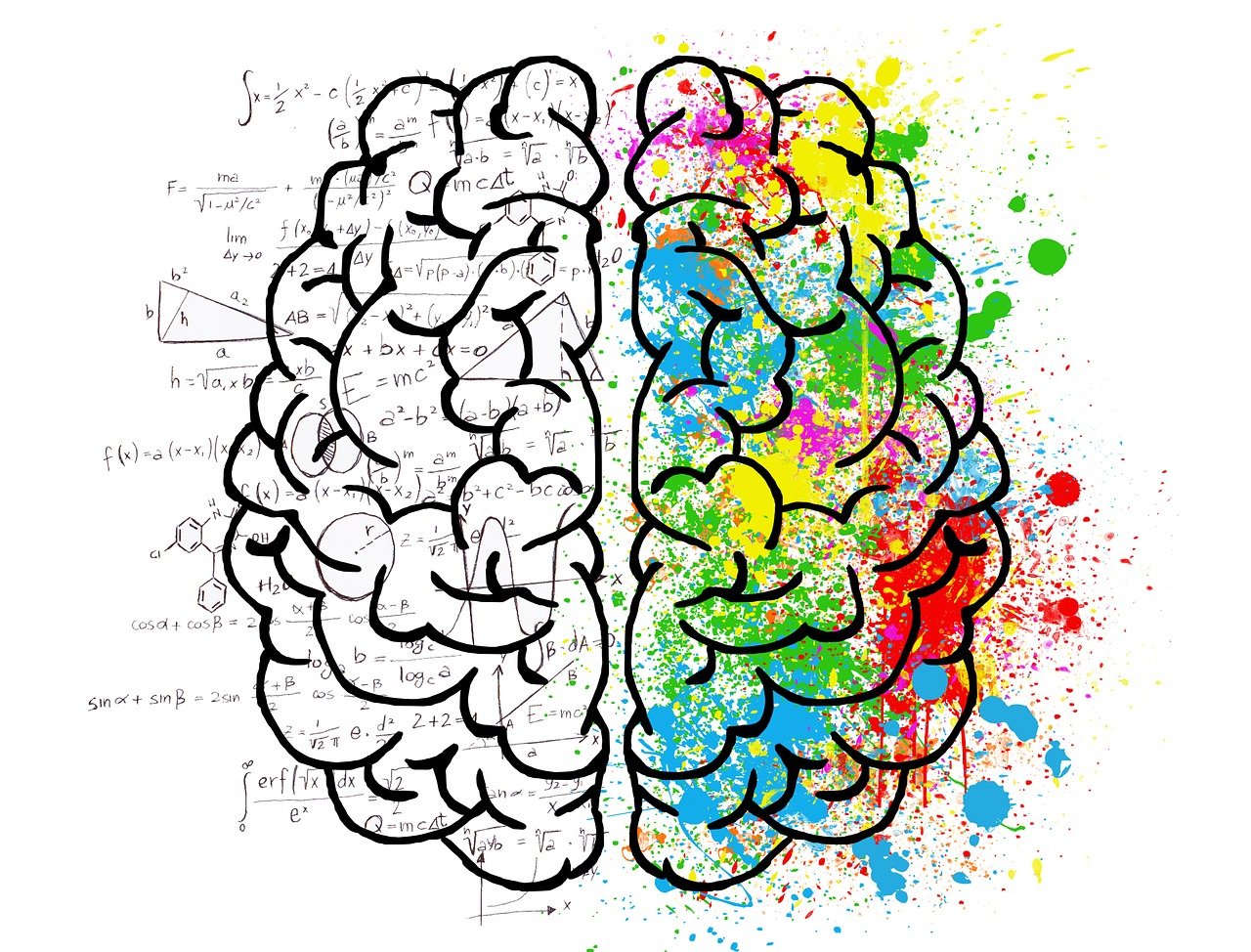Jnana Yoga is the method of union of Atman and Brahman through the practice of harnessing wisdom. Knowledge is the essence of human existence. True wisdom can lead to enlightenment. This is Jnana. Perfection is the ultimate truth of wisdom.
Table of Contents
What is Jnana Yoga?
Jnana Yoga is a path of Union of soul and supreme soul in Hinduism. It is one of the paths mentioned in Bhagavat Gita along with Bhakti Yoga and Karma Yoga. Buddhi or the Brain is the ultimate indicator for Jnana. So it is for the seekers who can grasp the real concepts of the knowledge.
Why does Buddhi matters in Jnana Yoga?
Jnana Yoga is the purest form of Yoga. There is a strong relation between Samkhya Yoga and Jnana Yoga. For example, Samkhya has 24 classical elements in which Buddhi is one. Above Buddhi lies Ahamkara and above which is Purusha or the pure consciousness. This is an epithet of Atman. Basically, when you reach the level of Buddhi, you get a greater challenge of Ahamkara or the ego. Beyond Ahamkara is Purusha which makes you understand the Atman. This gives one condition for Jnana Yoga i.e. purity which is only possible through non-dualism.
Importance of Advaita.
Nondualism is the idea that is completely applicable to the modern sciences. When you see the symmetries around from your two hands to two parts of the body you understand that there is unity in these two. You can see symmetries in Quantum Physics to Classical Mechanics to Biology. Philosophically there is also a union between mind and body in everything. It is a very complex idea that needs constant contemplation. Advaita cannot be explored in one article. Here are the few books to refer to to start the journey of Jnana Yoga.

Books on Jnana Yoga.
- 108 Upanishads.
- Bhagavat Gita
- Yoga Sutras of Patanjali.
- Yoga Vashista
- Jnana Yoga by Swami Vivekananda
How to practice Jnana Yoga?
Brihadaranyaka Upanishad explains in detail about practicing this Yoga. There are three basic steps to start the journey.
- Sravana: In ancient times Upanishads were recited by a teacher to a student. Sravana meant to listen to the Upanishads. However, in recent times there are no much teachers who can say Upanishads in one go. It is better to read them and later on listen to the shlokas.
- Manana: To contemplate on the teachings and interpretation of knowledge for wisdom.
- Nididhyāsana: It is the process of practicing what you have interpreted. For example the practice of Niyama from the Yoga sutras or for advanced practitioner Samyama (Dharana, Dhyana, Samadhi).
Are there any prerequisites?
Unlike Bhakti Yoga and Karma Yoga there are many prerequisites of Jnana Yoga. One should look for a Guru who is very well versed in Upanishads. There has to be a deep interest in learning and the brain has to be developed well through training, this is Viveka.
You might also be interested in our guides on the following Yoga.





Leave a Reply